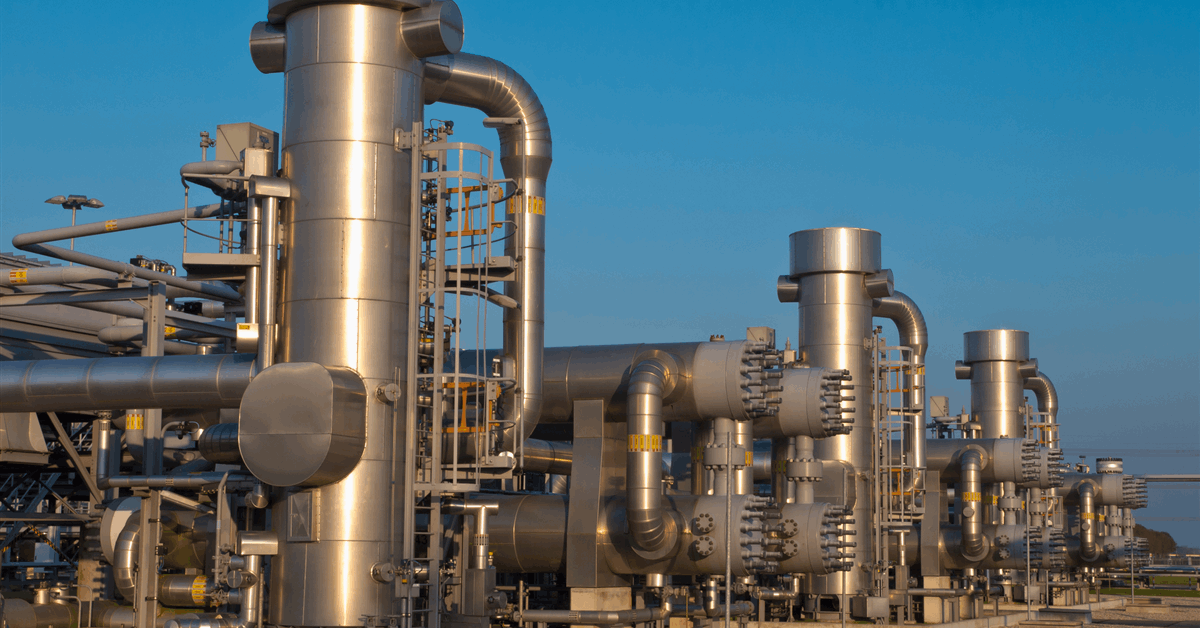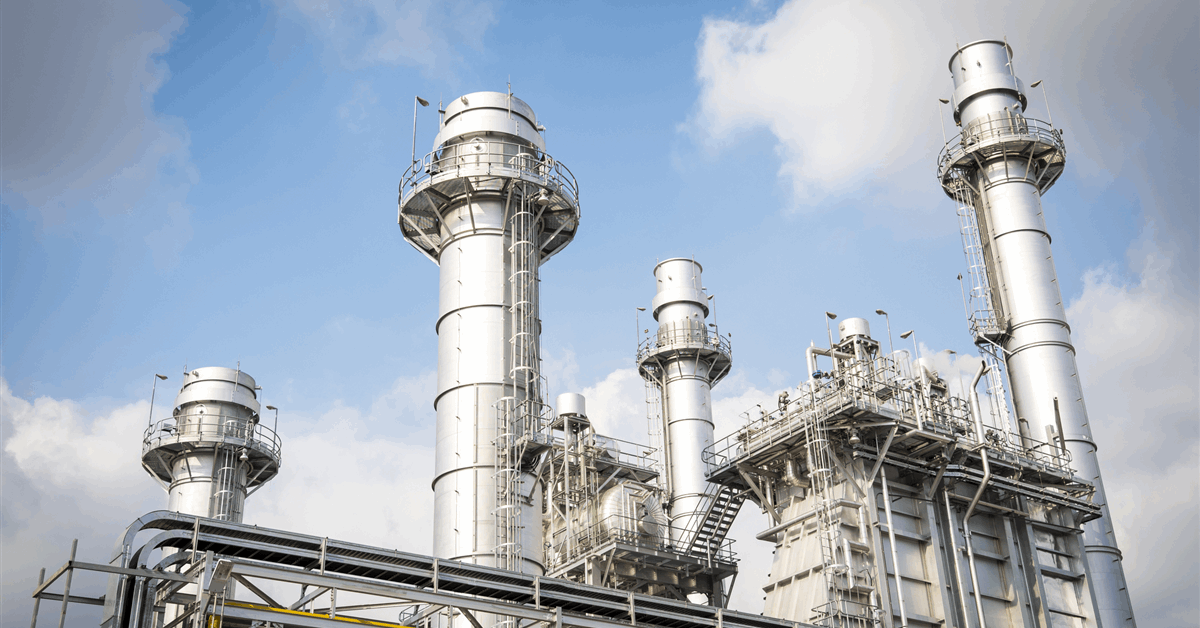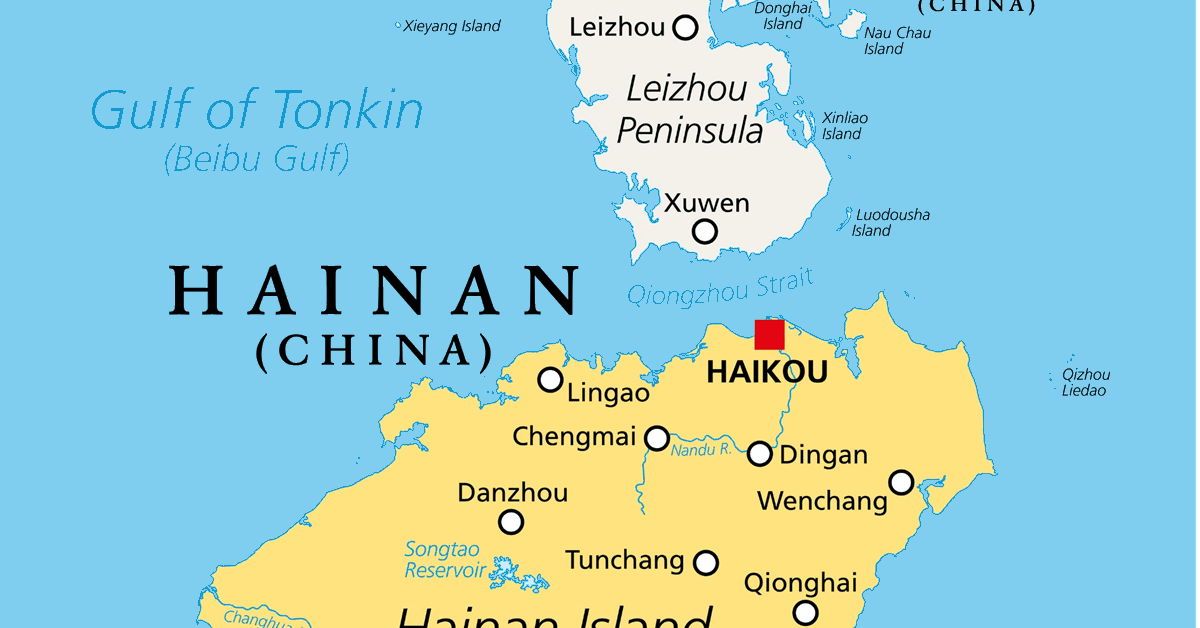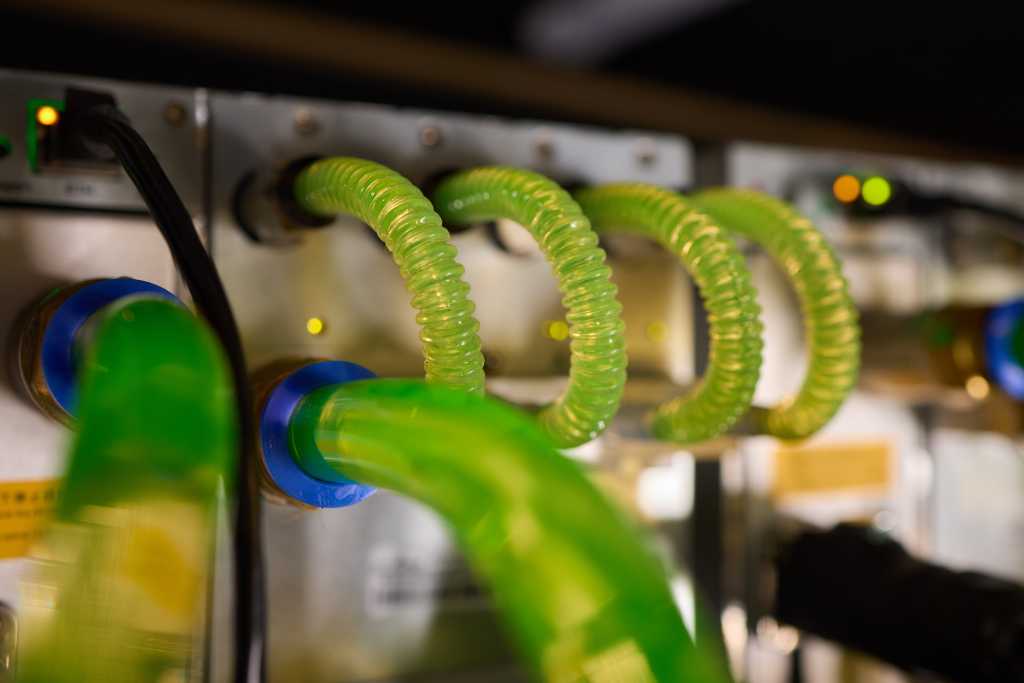
Phillips 66 has announced a new project to build a natural gas processing plant with a capacity of 300 million cubic feet a day (MMcfd) in the Permian Basin.
Expected to start operation in the first quarter (Q1) of 2027, the Iron Mesa gas plant will serve Delaware and Midland Basin production, the Houston, Texas-based midstream and downstream player said as it announced Q1 2025 results.
“The acquisition of EPIC NGL earlier this month, and today’s announcement that we are constructing a new gas plant in the Permian, furthers our integrated NGL [natural gas liquids] wellhead-to-market strategy, providing stable cash flow in uncertain market environments, enabling us to consistently return over 50 percent of net operating cash flow to shareholders”, said chair and chief executive Mark Lashier.
On April 1 Phillips 66 said it had completed the acquisition of EPIC Y-Grade GP LLC and EPIC Y-Grade LP for about $2.2 billion, growing its midstream presence in the Permian Basin.
The units, bought from EPIC Midstream Holdings LP, own NGL pipelines, fractionation facilities and distribution systems.
The acquired operations comprise two fractionators with a capacity of170,000 barrels per day (bpd) near Corpus Christi, Texas; about 350 miles of purity distribution pipelines; and an NGL pipeline around 885 miles long and with a capacity of 175,000 bpd. The NGL pipeline links the Delaware, Midland and Eagle Ford basins to the fractionation complexes and Phillips 66’s Sweeny Hub.
The pipeline capacity is being raised to 225,000 bpd, in a project expected to be completed Q2. A further expansion has also been sanctioned to grow the capacity to 350,000 bpd; completion is expected 2026. EPIC had also put in place plans to raise the fractionation capacity to 280,000 bpd.
“The acquired assets connect Permian production to Gulf Coast refiners, petrochemical companies and export markets, and are highly integrated with the Phillips 66 asset base”, Phillips 66 said.
For Q1 2025 it reported $487 million in net profit but had an adjusted result of negative $368 million, translating to losses per share of $0.9.
Results were impacted by a $246 million pre-tax accelerated depreciation on the Los Angeles refinery. In October 2024 the company said it would cease production at the over-a-century-old refinery by the end of 2025; Lashier cited uncertainty from “market dynamics” for the decision, amid regulatory pressure in Democrat-led California.
Phillips 66 recorded a realized refining margin of $6.81 a barrel for Q1 2025, up from $6.08 for the prior quarter but down from $10.91 for Q1 2024.
“Our results reflect not only a challenging macro environment, but also the impact from one of our largest-ever spring turnaround programs, managed safely, on time and under budget”, Lashier said. “Our assets, not impacted by planned maintenance, ran well.
“With the bulk of our turnarounds behind us, we are well positioned to capture stronger margins as the year unfolds”.
Nonetheless Phillips 66 is bracing for a battle with dissatisfied investor Elliott Investment Management LP when shareholders gather for the company’s annual meeting May 21. Elliott has called for portfolio simplification, an operational review and stronger oversight, blaming Phillip 66’s current structure and leadership for “persistent underperformance”.
Q1 2025 adjusted earnings before interest, taxes, depreciation and amortization (EBITDA) landed at $736 million, down from $1.13 billion for Q4 2024. Adjusted EBITDA from midstream operations, refining and renewable fuels decreased sequentially. Adjusted EBITDA from the chemicals and marketing segments grew quarter-on-quarter.
Cash flow from operations came at $187 million, compared to $1.2 billion for Q4 2024. Phillips 66 ended Q1 2025 with $1.49 billion in cash and $18.8 billion in debt.
It distributed $716 million to shareholders in the quarter through dividends and buybacks. On April 21 Phillips 66 declared a quarterly dividend of $1.2 per share, up $0.05.
To contact the author, email [email protected]



















